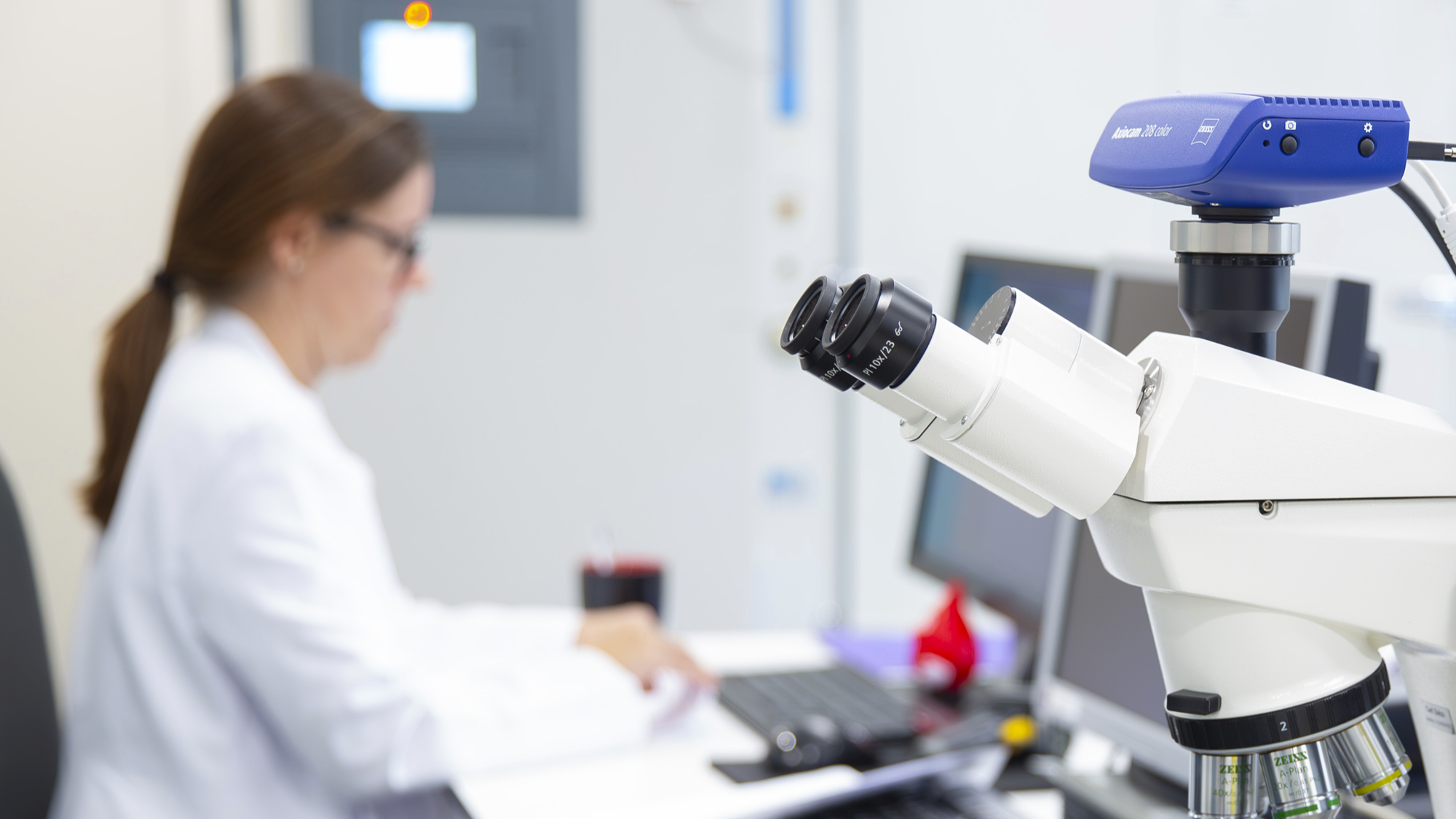Barraquer supports a culture of research among young people
03/04/2025

22/04/2024
The “road” from bench to bedside, describes the long process of taking basic experimental research results from the laboratory (“lab bench”), to pre-clinical research, usually conducted in animal models, and through the different clinical research phases. With the end goal being, that the research can eventually directly benefit patients “at their bedside”.
It is important to note that there is no exact timeline for moving something from bench to bedside, preclinical research may take anywhere from 1 to 6 years, while clinical research takes anywhere from 5 to 10 years. Simply getting clinical trials designed, approved, and funded can take around 2 years.
Many studies testing drugs or treatment concepts can fail anywhere along the process, leaving researchers to adjust their theories or start over from scratch, even so, an estimated 90% of research will never reach the clinical phase. This can be due to a variety of reasons, such as: Not asking the right question, not having direct clinical relevance, not having access to the volume, type of patients, or the infrastructure necessary to test theories, or simply not having enough funding, especially if a disease or condition is rare.
With that in mind, it is important to know where to start, for physician scientists, research ideas stem from observations or questions that arises in the clinic, these are then brought to the lab with the goal that it will eventually return to and improve the clinical setting. On the other hand, for basic scientists, research ideas stem from basic biological question that, over time and with a lot of foresight, can potentially find clinical implications.
Here at Barraquer, we have always considered that in order for research to have the best chance of reaching the “bedside”, it is important to have access to both researchers and clinicians and to encourage members to have meaningful discussions. With this, our clinicians can better understand new findings occurring in the lab and our researchers can better understand what the important clinical issues are for our patients. This has always helped guide our research goals and is currently helping us study and develop potential new treatments.
Justin Christopher D’Antin, Researcher and Eye bank technician